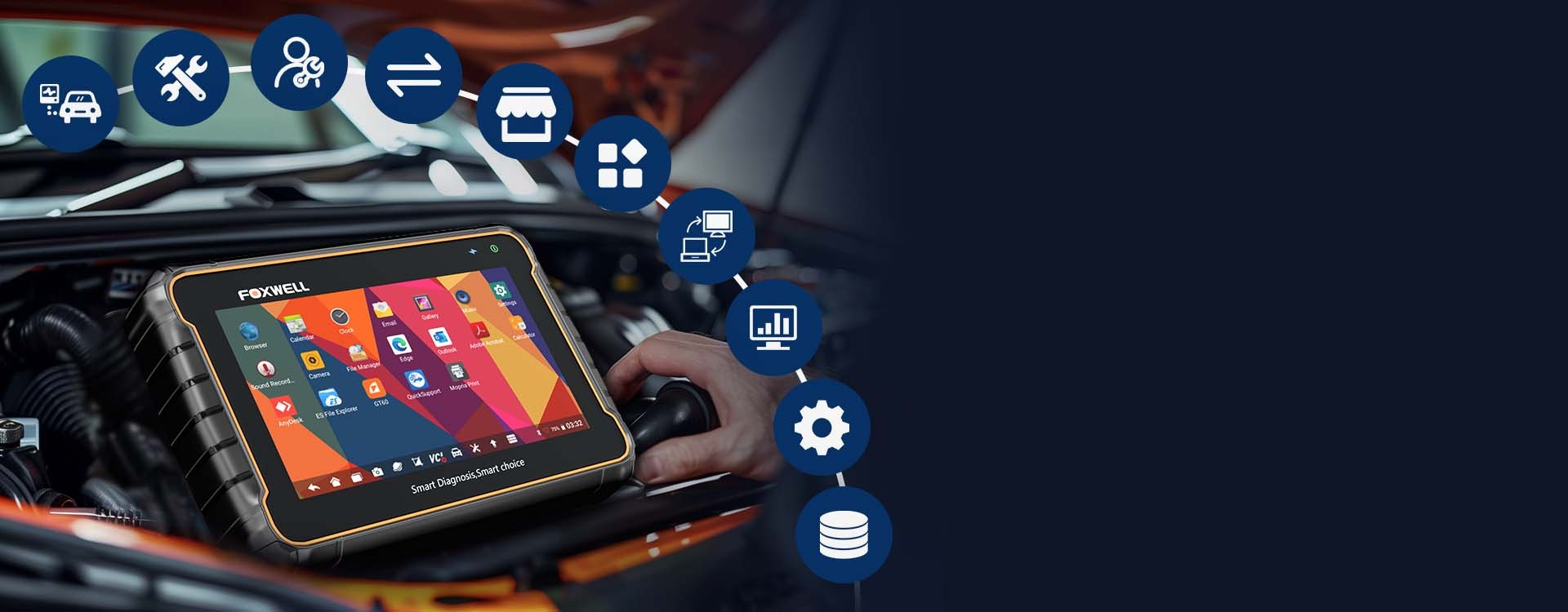That pesky service light glaring from your dashboard can be a real source of anxiety. What does it mean? Is it a minor issue or something catastrophic? While a trip to the mechanic might seem inevitable, you can often perform an Obd2 Service Reset yourself using a simple OBD2 scanner. This guide will delve into the meaning of the service light, how an OBD2 scanner can help reset it, and when it’s appropriate (and when it’s not) to do so.
Connecting an OBD2 scanner to a vehicle’s OBD2 port.
Understanding the Service Light
The service light on your dashboard is a crucial warning signal indicating that your vehicle requires attention. It can signify anything from a routine oil change to a more serious engine problem. Ignoring this warning is never a good idea, as it can lead to more significant and costly repairs down the line. Addressing the underlying issue promptly is essential to maintaining your car’s health and longevity.
OBD2 Scanners and Service Light Reset
An OBD2 scanner, like the Foxwell NT909, is a powerful tool that allows you to communicate with your car’s computer, diagnose issues, and perform an OBD2 service reset. This device reads diagnostic trouble codes (DTCs) stored in the car’s computer, providing insights into the potential problems triggering the service light. Once the necessary repairs are completed, the OBD2 scanner can then be used to clear the codes and reset the service light.
How to Reset the Service Light with a Foxwell NT909
-
Connect the Scanner: Locate the OBD2 port (usually under the dashboard) and connect the Foxwell NT909. The scanner will power on automatically.
-
Turn on the Ignition: Turn the ignition key to the “On” position without starting the engine. The scanner will initialize and display a menu.
-
Vehicle Selection: Select your car’s make, model, and year from the on-screen menu. The Foxwell NT909 is compatible with a wide range of vehicles.
-
Navigate to Reset Option: Find the “Maintenance” or “Service” section in the menu and select “Oil Reset” or “Service Light Reset.”
-
Execute Reset: Follow the on-screen prompts to confirm the reset. The service light should turn off upon successful completion.
-
Verification: Start the engine and check the dashboard to confirm that the service light is no longer illuminated.
When Not to Perform an OBD2 Service Reset
While an OBD2 service reset is a convenient feature, it’s crucial to understand that resetting the light doesn’t magically fix the underlying problem. Here are situations where resetting the service light is not recommended:
-
Unresolved Issues: If a genuine mechanical or electrical fault exists, resetting the light only masks the symptom. Addressing the root cause is paramount to prevent further damage. Ignoring the underlying problem can lead to more serious and expensive repairs.
-
Scheduled Maintenance: The service light might indicate scheduled maintenance like an oil change or tire rotation. Resetting the light without performing the required maintenance simply postpones essential upkeep.
An OBD2 scanner displaying various vehicle diagnostic information.
Leveraging OBD2 Scanners for Vehicle Maintenance
OBD2 scanners are invaluable tools for proactive vehicle maintenance. Regular scans can help:
-
Early Problem Detection: Identify potential issues before they escalate into major problems, saving you time and money on repairs. Early detection allows for timely intervention and prevents minor issues from becoming major headaches.
-
Preventative Maintenance: Facilitate DIY maintenance tasks, empowering car owners to perform simple repairs and upkeep themselves.
-
Enhanced Vehicle Understanding: Gain insights into your car’s performance, fuel efficiency, and emissions, contributing to better overall vehicle health.
Conclusion
An OBD2 scanner empowers car owners to perform an OBD2 service reset, offering a convenient way to manage the service light. However, it’s crucial to remember that resetting the light is not a substitute for proper diagnosis and repair. Use the scanner wisely to address underlying issues and maintain your vehicle’s health for optimal performance and longevity. While an OBD2 scanner is a powerful tool, consulting a qualified mechanic is always recommended for complex issues requiring specialized expertise and equipment.
